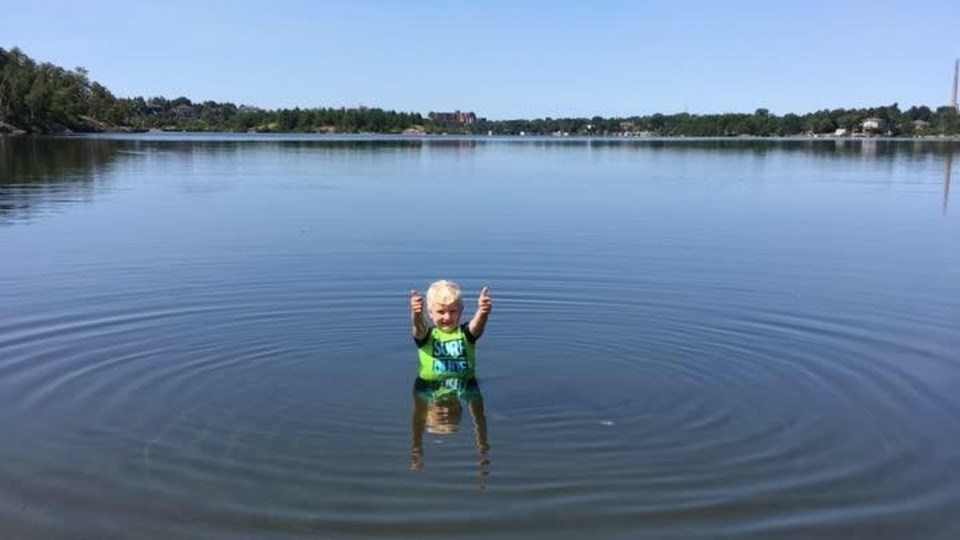The Nepahwin Lake Watershed Stewardship Group submitted letters in May directly to City of Greater Sudbury Mayor and Council, Laurentian University (LU) President and Board of Governors and the Companies’ Creditors Agreement Act (CCAA) Monitor, outlining the benefits of retaining the “LU greenspace” as publicly-owned and community-accessible land.
A large portion of the LU greenspace lies within the Bennett-Nepahwin Lake Watershed and its current undisturbed soil and vegetation; regenerating from decades of acid rain insult, and nurtured with 40 years of award-winning, community-empowered reclamation work; traps heavy metals from past smelting practices, sequesters carbon and supports diverse fauna, including threatened species.
Potential development would increase stormwater runoff that carries road salt, phosphorus, sand and other contaminants to the lake, thus accelerating sediment accumulation, shore-line erosion, reduced water clarity and harmful algal blooms in an already stressed Nepahwin Lake.
In the past weeks, several community individuals and groups, via letters to the editor, flyers and social media, have shared the rejuvenating effect of the accessible LU greenspace on their holistic health.
The birch-canopied Loach’s Road Access Path is frequented by LU students and citizens across generations, using a variety of non-motorized means, to access the pristine Laurentian beach or to stroll, exercise, train or commute.
Volunteer-built and maintained cross-country ski, hiking and mountain-bike trails provide venues for recreational users, student and elite athletes alike, and also allow local schools to access an enriched science curriculum in an outdoor-classroom.
With the CCAA Real Estate Review now underway, consideration needs to be given to the value of the LU greenspace beyond the immediate monetary settlement that may be realized by sale to an entity interested in “Built Infrastructure.”
Increasingly, international agencies and jurisdictions are realizing the long-term economic value of the ecological and community resilience that natural spaces support and are purposefully planning for the incorporation of “Natural Infrastructure” into city design.
The retention of the LU greenspace as publicly-owned and community-accessible land is not holding onto the past, but is providing opportunity for cross-sectoral collaboration to realize its true value for future generations in a rapidly changing world.
Dr Gary Bota
Mandy Hey
Co-chairs, Nepahwin Lake Watershed Stewardship Group
